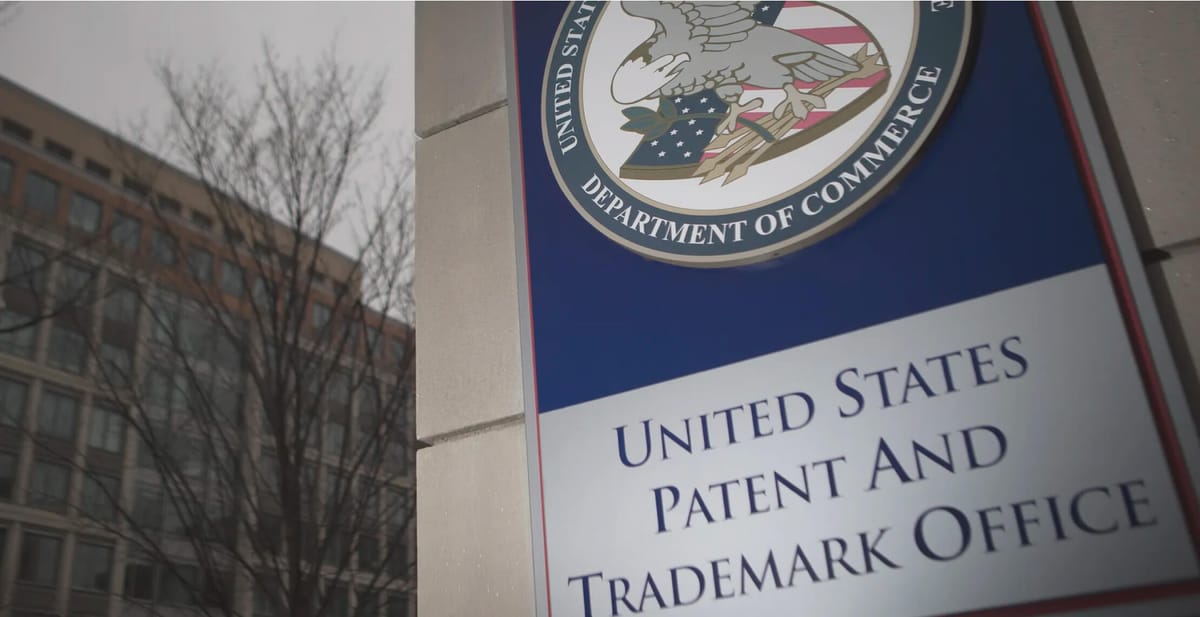
The U.S. Patent and Trademark Office (USPTO) has published new examination guidance clarifying when patents can be granted for inventions created with the aid of AI systems. The guidance asserts that while AI tools cannot be named as inventors, AI-assisted inventions made by humans remain eligible for patent protection.
Central to the USPTO's guidance is the principle that patent law functions to incentivize and reward human ingenuity. Therefore, determining inventorship should focus on human contributions even when advanced technologies play a role. This clarification is especially crucial now as AI's capabilities are rapidly expanding, and are raising complex questions about authorship, creativity, and ownership in the process of innovation.
Here are the key highlights from the guidance:
- Only humans can be named inventors on patents. This aligns with the recent Federal Circuit decision in Thaler v. Vidal stating AI systems cannot qualify as inventors under current law.
- However, the use of AI tools does not negate a person's inventorship if they significantly contributed to the conception of the invention. Such AI-assisted inventions are not inherently unpatentable due to improper inventorship issues.
- Each named inventor must have made a "significant contribution" to the invention as measured by established legal tests around conception. Merely presenting a problem to an AI system or appreciating its output does not qualify as inventorship.
- Applications claiming priority to foreign filings naming non-humans as inventors cannot be accepted. U.S. filings must name only human inventors.
The guidance provides several examples applying these principles to situations where AI systems play different roles in the inventive process:
- A researcher trains an image generation model on a dataset of chemical structures. The researcher then prompts the model to design a new pharmaceutical compound with specific properties. While the AI generates the structure, the researcher’s contributions designing and training the model to produce this invention are viewed as significant and they qualify as the inventor.
- An engineer builds an AI system for automating genetic alterations to bacterial strains. Another scientist later uses the tool to create a new bacteria strain producing a valuable enzyme. Here, the engineer is not considered an inventor as they only created the AI system rather than conceiving the specific microbial invention. Only the scientist who contributed the conception of the enzymatic bacteria is the inventor.
- A business analyst notices a pattern in customer data that reveals an opportunity for a new financial product. She describes the basic idea to the company's AI platform. The AI then independently designs the complete product. Since the analyst merely presented the general problem and did not contribute to the conception of the specific solution, she does not qualify as an inventor of the AI-generated financial product. No one contributed significantly, so inventorship is improper.
These examples help illustrate how inventorship should be determined based on the level of contribution various humans made to the conception of the invention versus what was independently created by the AI system.
The guidance has been welcomed by legal experts and technologists alike, as it provides much-needed clarity on the role of AI in the patent system. It balances the recognition of AI's potential to enhance human creativity with the imperative to maintain incentives for human ingenuity. This policy update marks a significant step in adapting intellectual property laws to accommodate the evolving landscape of technological advancement, ensuring that the patent system continues to serve its fundamental purpose of promoting innovation and protecting inventors' rights in the digital age.
The USPTO developed this guidance based on extensive public feedback and in accordance with a recent executive order on responsible AI development. It aims to strike a balance between protecting AI-based inventions while still adhering to the human-centric focus of U.S. patent law. Additional guidance around other patentability issues at the intersection of AI and IP is expected later this year.
Read the entire guidance here.

